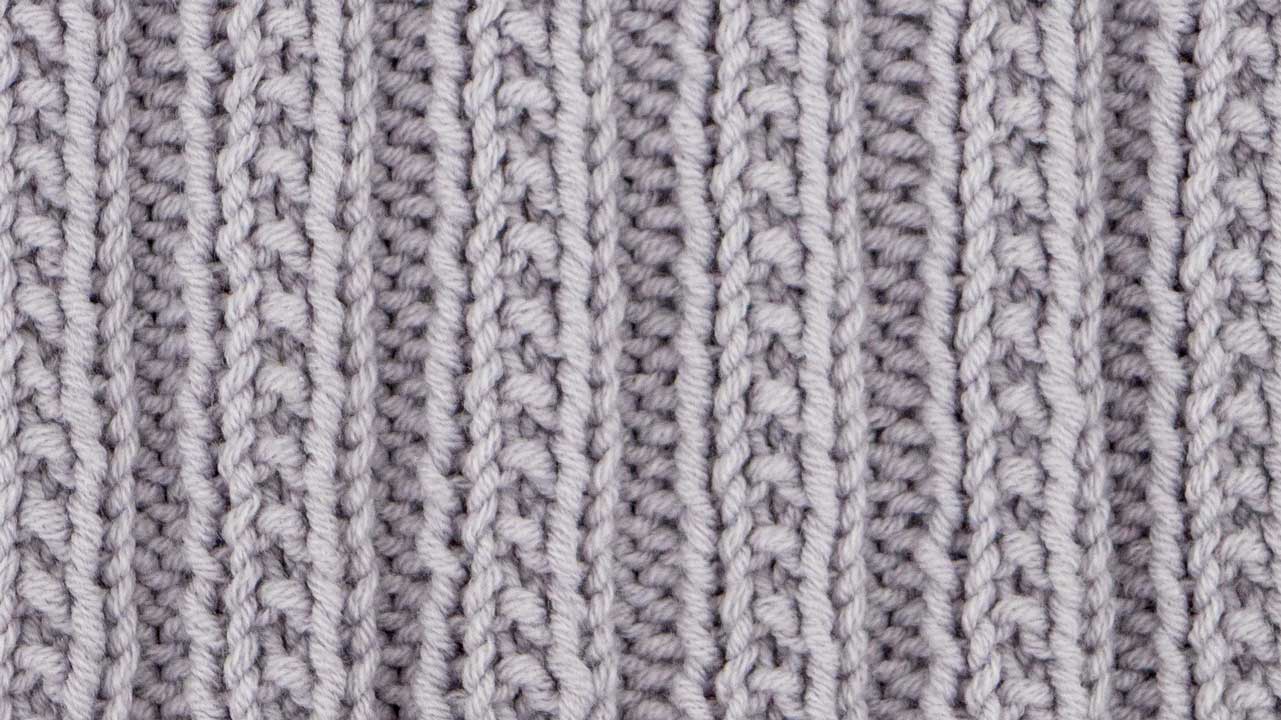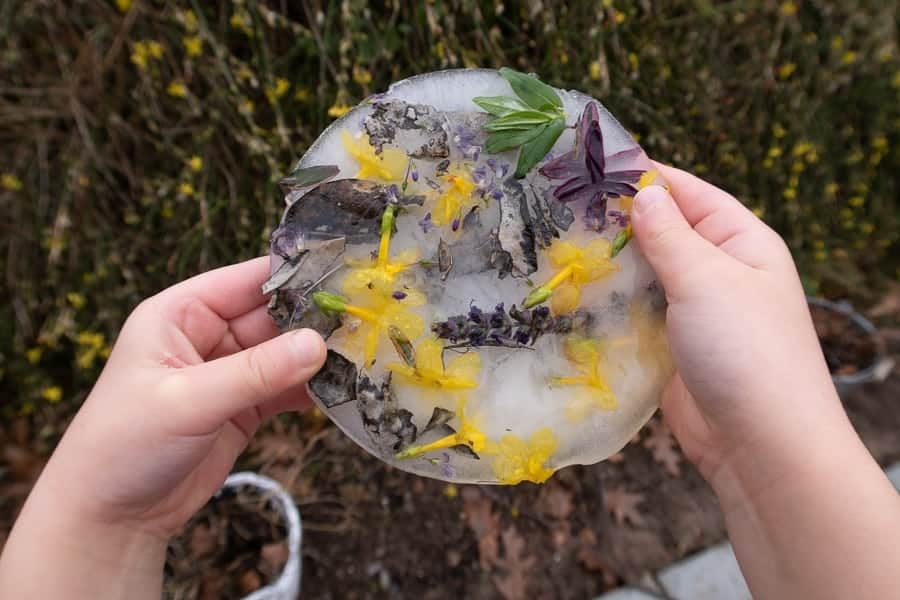
These tips will help you start sewing quilt binding. First, it's important to know the width of the binding strips you plan to use. This information will allow you to cut squares for your quilt. You can then join the strips by sewing the seam together.
How to sew a diagonal seam into quilt binding
If you are sewing a diagonal seam to quilt binding, make sure the seams line up. This will prevent your binding from getting bumpy. Place the binding on the bottom edge of your quilt so that the diagonal fold line is parallel to it.
Once the binding is folded over, align it with the next quilt edge. Stitch along a diagonal seam until you are approximately ten feet from the start point. The binding should be cut to a length of 2 3/4" from the end.
Sewing a mitered seam in quilt binding
Your quilt will look neat with a mitered seam for quilt binding. The mitered stitch allows you to sew the entire binding strip together in one pass, and not have to sew each end separately. It hides the last seam. This technique works well for quilts that are whipped onto their back.

To sew a mitered corner, start sewing at the edge of the binding strip and stop 1/4 inch before the corner. You can use a reverse stitch to accomplish this step. The technique can also be used on a scrap piece.
One-fold binding to sew a diagonal seam
For single fold quilt binding, it's often easier to join strips diagonally and not end to end. This distributes the bulk of your seams better. This is also easier to do on a sewing machine since the binding ends should be squared off.
Measure the quilt's perimeter. Next, divide the perimeter by 40 and add 1 inch. This should give you a measurement of 280 inches. To get the right amount of binding strips, divide this measurement by 40. Once you have measured the lengths, cut the strips in such a way that they measure 5inches long. Be sure to lay the binding strips flat.
Sewing a mitered seam in single fold binding
A mitered seam can be used if you get tired of the rounded corners of your quilt binding. Before sewing a mitered edge, make sure the binding is perfectly fitted to the quilt. The seam should be trimmed to 1/4 inches. For this, a rotary cut can be used. Then, press the seam open.
Begin by folding and aligning the binding so that it is 45 degrees inwards to the quilt's edge. Next, stitch along the entire length of the binding using the same stitching tool as on the top. Once the binding is finished, be sure to press it with the point end of your iron. This will result in a mitered seam at every corner.

Pressing
One of the most important steps when quilt binding is inserted is pressing it to make it more secure. A press will also ensure that the binding will cover the stitches on the back. Once the binding has been pressed, it is now time to stitch. If you want to machine stitch the binding, you will need a walking foot. Use slow and steady stitches in the ditch.
The next step in pressing quilt binding is ensuring that the seams are pressed properly. This will reduce bulk, and encourage things to lie flat. You can also press the seams of the binding to make it professional.
FAQ
Is it possible making a living as a hobby?
Not necessarily.
However, if you're interested in creating a business based on your hobby, then you could definitely end up being wealthy.
Let's say, for instance, you are a passionate cook. You love healthy food so you open a new restaurant.
You only offer organic meals from scratch. Customers pay a small charge to cover the cost of ingredients and labor.
You grow your clientele and eventually you hire employees who can work with you.
You can eventually expand your menu to include vegan and gluten-free dishes.
In this scenario, you've created a successful business that has allowed you to live the type of lifestyle you wanted.
However, you don't have to quit your day job.
You could instead run your own restaurant and still hold your 9-5 job.
What are good hobby ideas?
Your favorite hobbies are ones you enjoy. You will find it easier to stay motivated if you love what your doing. If you don't feel well or tired, you will always have an excuse!
The hobbies we all love are gardening, painting and crafting, photography.
You might also consider volunteering at a local charity shop or animal shelter, children’s hospital, hospice, elderly home, school, community centre, church, and other places.
You might be looking for something more adventurous. Consider scuba diving and skydiving.
If you want to go further afield, there are plenty of unique ways to spend time in nature. These include caving and cave tubing.
How can I find a hobby?
When you first start your journey into finding a hobby, you may feel like you've got nothing to choose from.
You may be thinking, "I'm just not artistic" or "I hate sports," or perhaps "I don’t even know what I know."
But the truth is, you probably already have a lot of experience to draw upon when looking for a hobby.
It's just not something you're aware of.
Take a good look at what you have in your house. How many things do you own?
Do you have any old toys lying around?
Perhaps you have a collection.
Perhaps you've always wanted a career in cooking.
Perhaps you just want to pick up the guitar again.
Whatever it may be, you can likely turn it into something.
Realize that you have many experiences already.
You'll find a hobby that fits your lifestyle once you do.
What are educational hobbies?
An educational hobby is a activity that allows you to learn by doing it. You could choose to learn how to play an instrument or play sports.
The key thing is that it should be fun and enjoyable for you. You don't have to do it all the time, but if you find yourself getting bored, then you need to think about what else you could be doing instead.
These activities can also be costly so make sure you don't spend too much.
What are competitive hobbies?
Running, swimming, cycling and tennis are all competitive sports.
These games are often played by people who enjoy exercise but also offer the opportunity to interact with others.
If your hobby involves physical activity, you will likely find other people who share it.
This could be as simple as joining a sports club where you play regularly together.
You can also participate in team games where you play alongside others.
These include cricket, football, netball, hockey, netball, soccer, rugby, cricket, rugby, batsball, hockey, volleyball, badminton squash, handball and table tennis.
There are many types of competition.
Some competitions are only for recreational purposes.
Others are intended to test competitors' skill.
Other rewards are available to recognize exceptional performance.
These cases result in prizes for the winners.
Other competitions aim to assess the strength and endurance of competitors.
These are known endurance events.
For example, marathon races, triathlons, Ironman Triathlon, etc.
Before competing in these events, athletes train hard.
They will adhere to a strict training program that prepares them mentally as well as physically.
They may need to spend some time out of their home for preparation.
It is important that you remember that not every athlete can compete in every type or event.
Statistics
- The intensity of the dialogue partners' bond at the end of the forty-five-minute vulnerability interaction was rated as closer than the closest relationship in the lives of 30 percent of similar students. (time.com)
- A new survey by Pew Research Center of teens ages 13 to 17 finds that 36% of girls feel tense or nervous about their day every day; 23% of boys say the same. (pewresearch.org)
- 37% Video Games 36% Travel 36% Health and Fitness (quizexpo.com)
- Almost 80% of people claim to have no hobby. (hobbylark.com)
- I am 100% biologically a woman (discover.hubpages.com)
External Links
How To
How to start baking
Baking is the process of making food from flour and eggs, sugar, butter, and other ingredients. Baking is a process that uses flour, fats and sugars, leavening agents as well as salt and water. This article will show you how to make bread. We'll use common ingredients such as yeast, flour, milk powder and egg whites, butter or olive oil, salt and honey, and water.
These ingredients are necessary for baking bread. First, add the dry ingredients to your bowl (flour. yeast. salt). Then add the wet ingredients (milk powder, egg white). Combine them. Add the honey to the dough and knead it until smooth. The dough should rise for approximately 30 minutes. After rising the dough should be firm and elastic. You can roll the dough and place it onto a baking sheet. Bake at 180degC for 15 minutes.